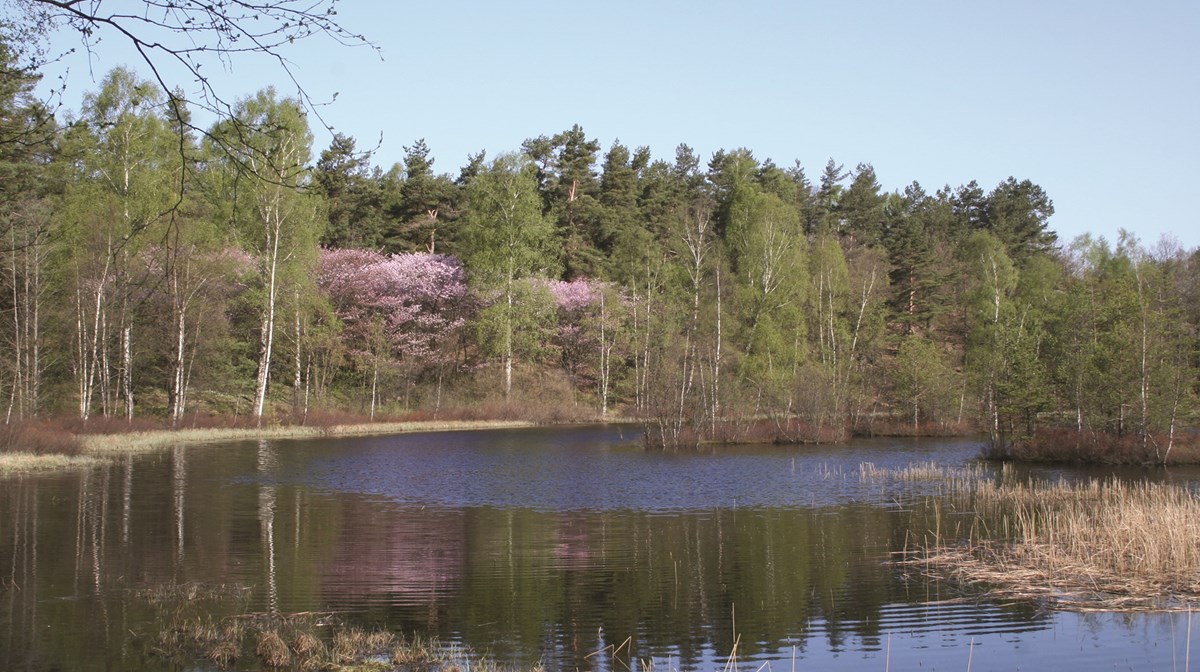Arboretum

The botanical arboretum (Latin: collection of trees) is located mainly within the Änggårdsbergen nature reserve. Here you can take a tour around the world among thousands of trees and shrubs of known wild origin.
In 1952, the Stadskollegiet in Gothenburg agreed that an arboretum would be built in connection with the botanical garden, in a then wild Änggårdsberget which previously represented a clear cultural landscape with larger pastures.
Purpose
The purpose of the arboretum initially had a clear forest production orientation where they wanted to study and evaluate a large proportion of both domestic species and genotypes as well as trees from other parts of the world for their potential to become successful timber trees in Sweden. A road network was also built to, and in, the various parts of the arboretum. Since then, until today, trees and shrubs from the garden's own collections as well as trees and shrubs from exchanges with other botanical gardens and arboretums have been continuously planted.
Divided into continents
The arboretum covers 55 ha and is divided into three parts – Asian, North American and European/North African – where trees and shrubs from the various continents are represented.
The arboretum today
Today, Botaniska's arboretum is a collection of trees unparalleled in the world. In total, there are around 6,000 trees distributed among almost 500 different stocks and 300 different species. Several of the species are represented by several ecotypes and provenances.
Important for research
This huge collection of trees, which is continuously expanded through new plantings, constitutes an important genetic resource in research nationally as well as internationally, with many research groups using the collection to study genetics, taxonomy, ecology and horticulture. Among other things, the arboretum constitutes an important genetic bank for the selection of trees and shrubs for a future climate and for future uses of trees in urban environments.
A large classroom
The arboretum also forms an important educational arena for both basic education and university education, where the arboretum and tree collection function as an important and valued outdoor classroom. The area is also an important recreational environment with a great diversity of activities where the different expressions of the various tree plantings undeniably contribute to this.
Begin your journey of discovery outside the gate at the Japanese glade, at the top of the garden.
Updated: 2023-12-21 17:45






